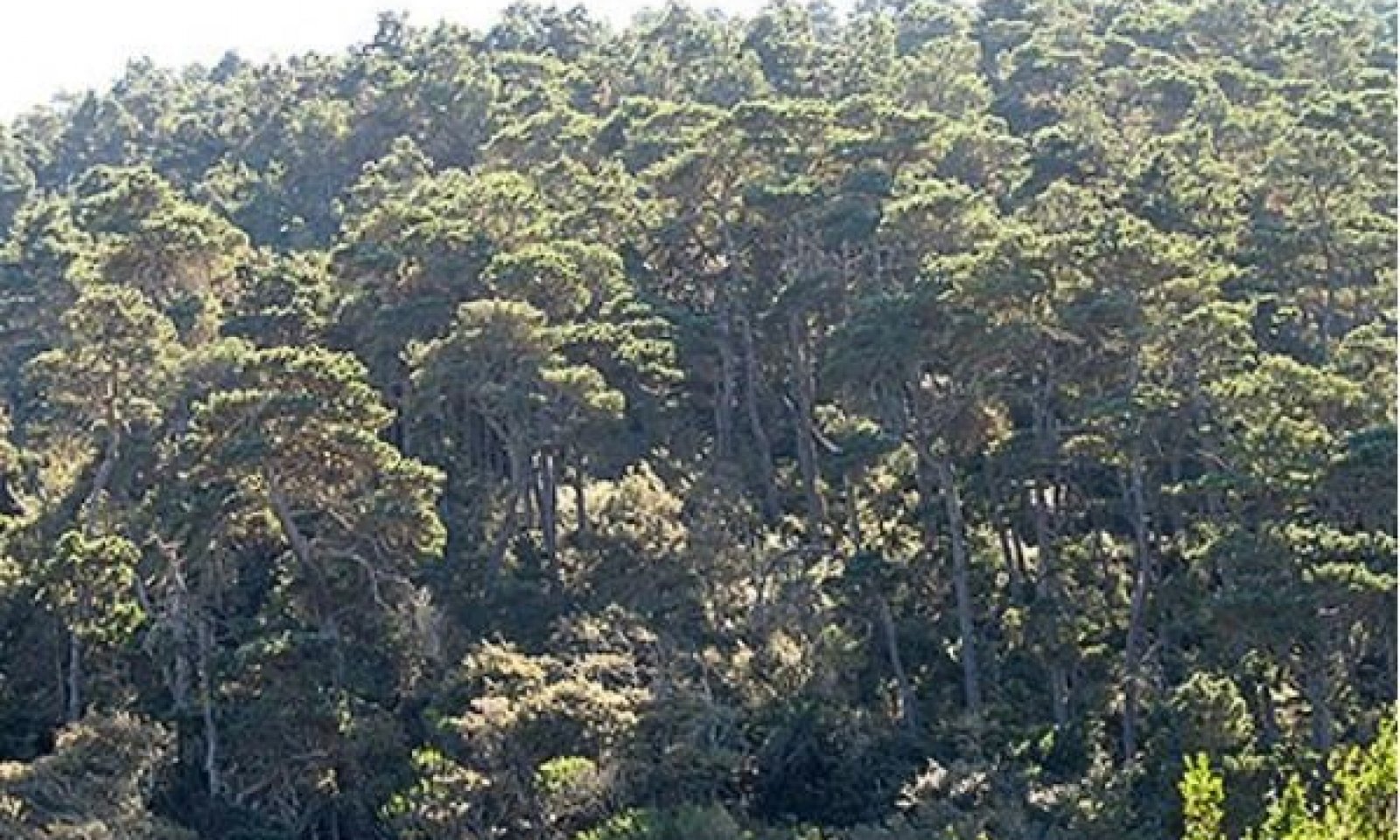
Windy coastal stabilized dunelands and mountain slopes
Circle-spoke model
Scenario model
Current ecosystem state
Select a state
Management practices/drivers
Select a transition or restoration pathway
-
No transition or restoration pathway between the selected states has been described
Target ecosystem state
Select a state
State 1
Reference State



Description
The dynamics described below are general to the level that the site concept has been developed for provisional ecological site concept identification and further investigation purposes only. It is meant to give a general overview of the ecological dynamics of the system and should not be viewed as a model for a specific ecological site level management. It is supported by the current available literature that was reviewed for a general understanding of the system and basic understanding of the abiotic and biotic drivers. Further investigations and soil-site data collection and analysis should be conducted before specific land management can be applied at the ecological site specific scale. This STM only serves to explain the general ecology and dynamics. No alternative states were found during the literature review, however that does not mean they do not exist and more time should be spent determining whether or not this model captures all the dynamics of this system, especially once more is known about the soil-site characteristics of this LRU and ecological site concept.
Reference State (State 1) – This reference state includes the generally single-aged stands of bishop pine with an understory comprised of shrubs, and the post-fire community that is dominated by rapidly resprouting shrubs and bishop pine seedlings. Dense pine patches alternate with dense stands of blue blossom and the rare Marin manzanita. Over time, young forests self-thin, giving way to mature forests mixed with hardwoods, and swordfern.
Submodel
Model keys
Briefcase
Add ecological site groups and Major Land Resource Areas to your briefcase by clicking on the briefcase (![]() ) icon wherever it occurs. Drag and drop items to reorder. Cookies are used to store briefcase items between browsing sessions. Because of this, the number of items that can be added to your briefcase is limited, and briefcase items added on one device and browser cannot be accessed from another device or browser. Users who do not wish to place cookies on their devices should not use the briefcase tool. Briefcase cookies serve no other purpose than described here and are deleted whenever browsing history is cleared.
) icon wherever it occurs. Drag and drop items to reorder. Cookies are used to store briefcase items between browsing sessions. Because of this, the number of items that can be added to your briefcase is limited, and briefcase items added on one device and browser cannot be accessed from another device or browser. Users who do not wish to place cookies on their devices should not use the briefcase tool. Briefcase cookies serve no other purpose than described here and are deleted whenever browsing history is cleared.
Ecological site groups
Major Land Resource Areas
The Ecosystem Dynamics Interpretive Tool is an information system framework developed by the USDA-ARS Jornada Experimental Range, USDA Natural Resources Conservation Service, and New Mexico State University.
